Florilegium: plant stories from our gardens
Native plants and exotic species from abroad have shaped Sydney’s gardens from the earliest days of the colony. The tales of their discovery, collection and exchange, and the horticultural trends that drove their popularity, unearth fascinating insights into some of Sydney’s most significant gardens and personalities.
From the lost inner-city garden of NSW Colonial Secretary Alexander Macleay at Elizabeth Bay and the extensive grounds of William Charles Wentworth’s Vaucluse harbourside villa, to the mid-century plantings surrounding Rose Seidler’s modernist home and the Bunya-dotted rural setting of Rouse Hill Estate, our gardens reveal captivating stories spanning more than 200 years.
Past exhibition
Authors
Amelia Lindsay
Former Assistant Curator
Amelia Lindsay was an assistant curator with SLM's Curatorial & Exhibitions team. Growing up just moments away from historical Meroogal in Nowra, she was inspired to study history and journalism at university before leaping into the world of museums. She has unearthed the fascinating tales of SLM's gardens.
Helen Curran
Former Assistant Curator
Helen was Sydney Living Museums’ dedicated gardens interpreter. A former arts student with a late-blooming interest in science and natural history, she is fascinated by the stories of love, loss and human endeavour that the plants growing in SLM gardens tell.
Published on
Florilegium plants
Browse all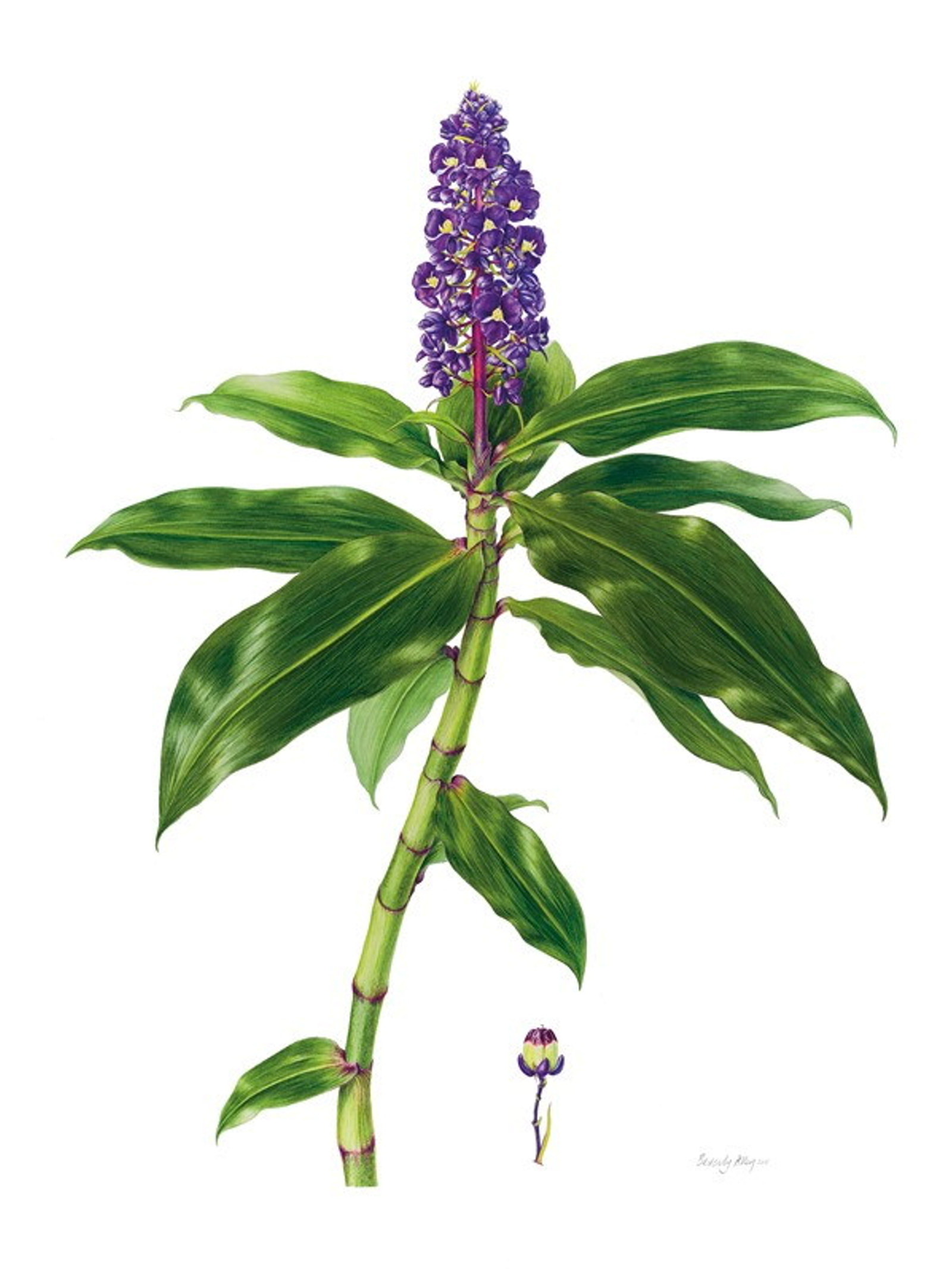
Florilegium plants
Blue ginger
Blue ginger was one of many hundreds of exotic plants William Macarthur grew at the family estate at Camden Park, where he established a nursery

Florilegium plants
Bunya pine
Owners of large 19th-century estates often planted tall trees around the house or homestead so they could orient themselves from the surrounding area
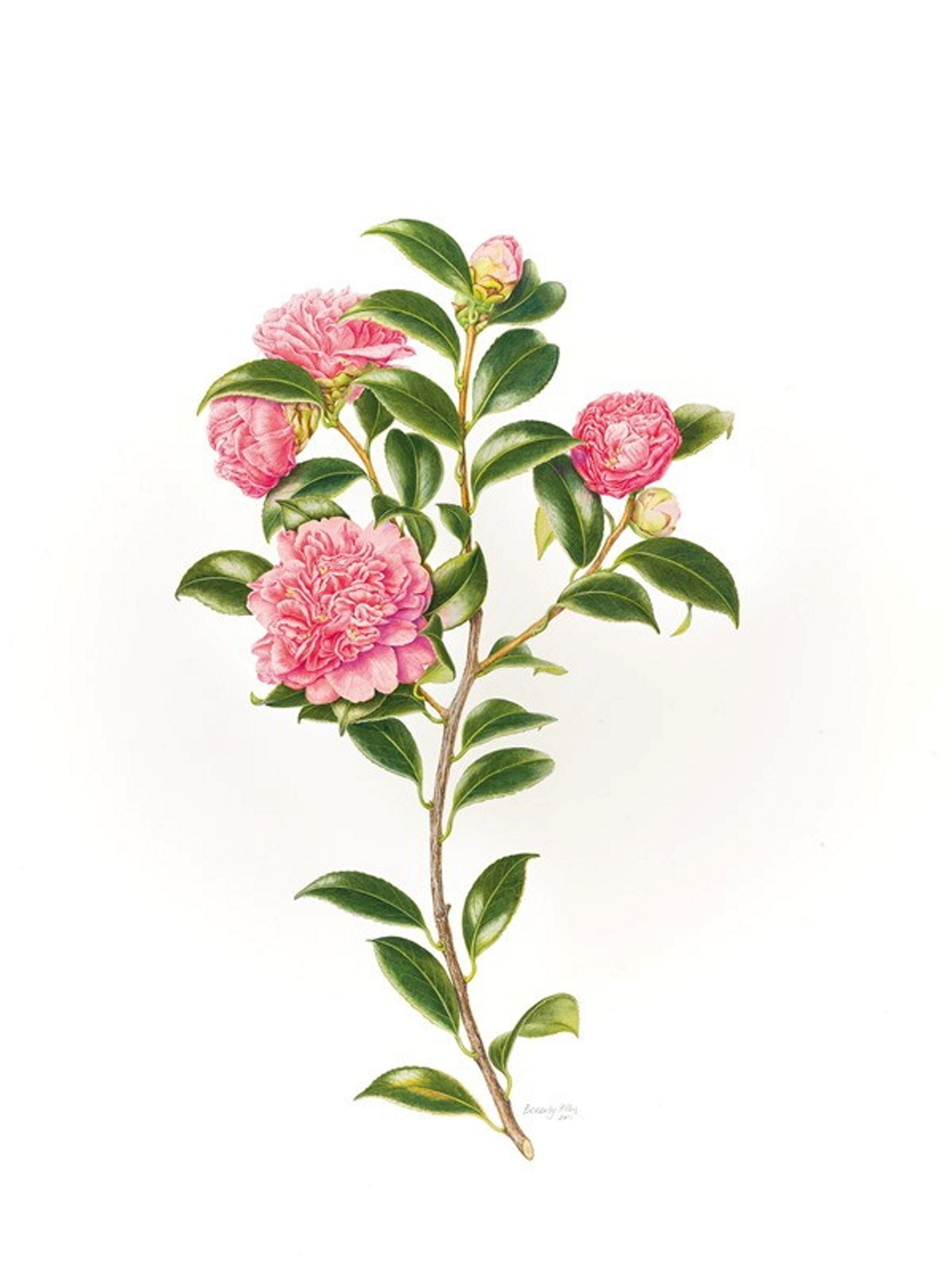
Florilegium plants
Camellia japonica 'Cleopatra'
Vaucluse House has a significant collection of historic camellia cultivars, some of them dating back to the mid-1800s
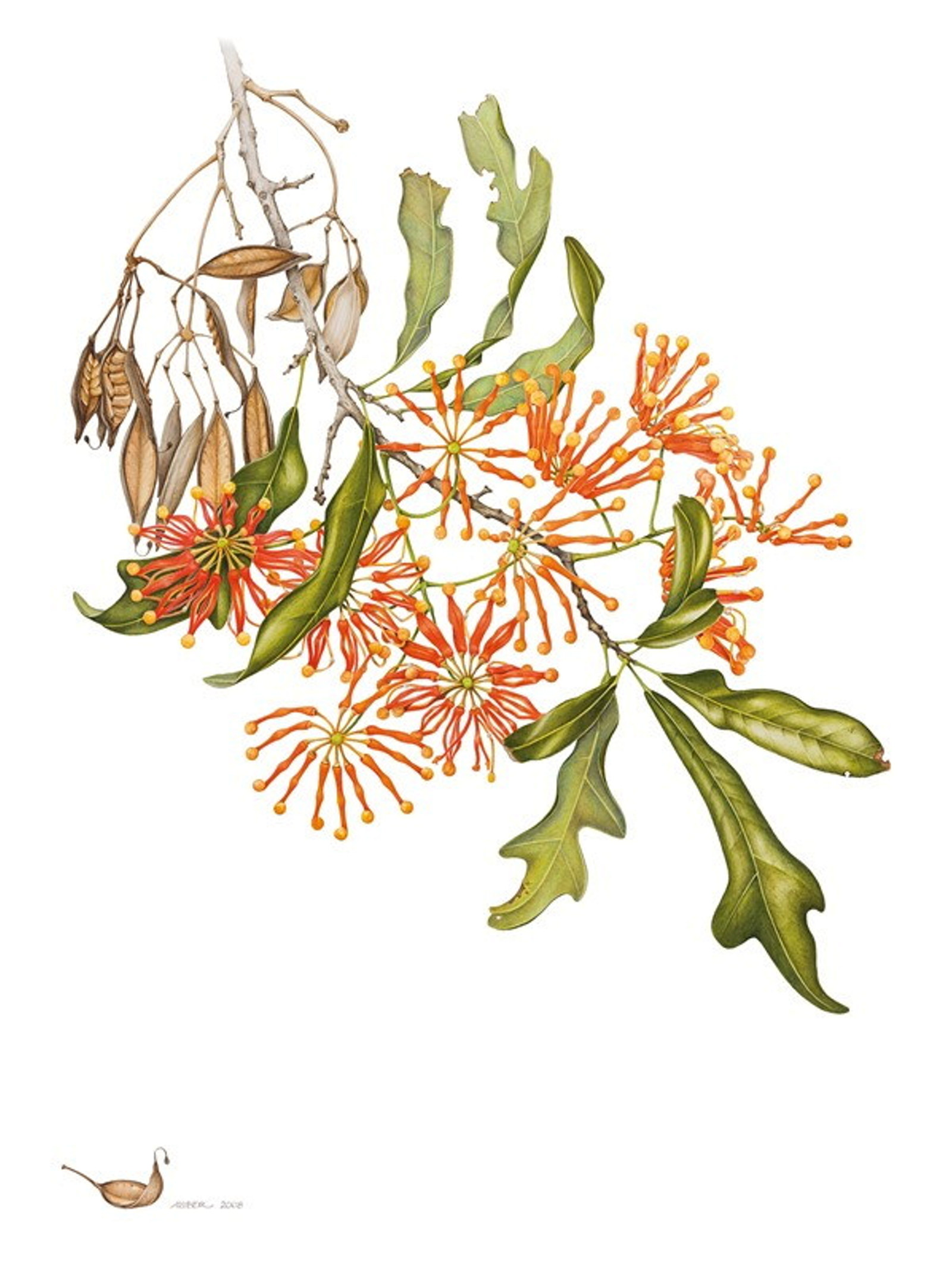
Florilegium plants
Firewheel tree
A Queensland firewheel tree is one of the more prominent surviving elements of the garden Rose Seidler established around the modernist, Bauhaus-influenced house designed for her by her architect son, Harry, and completed in 1950
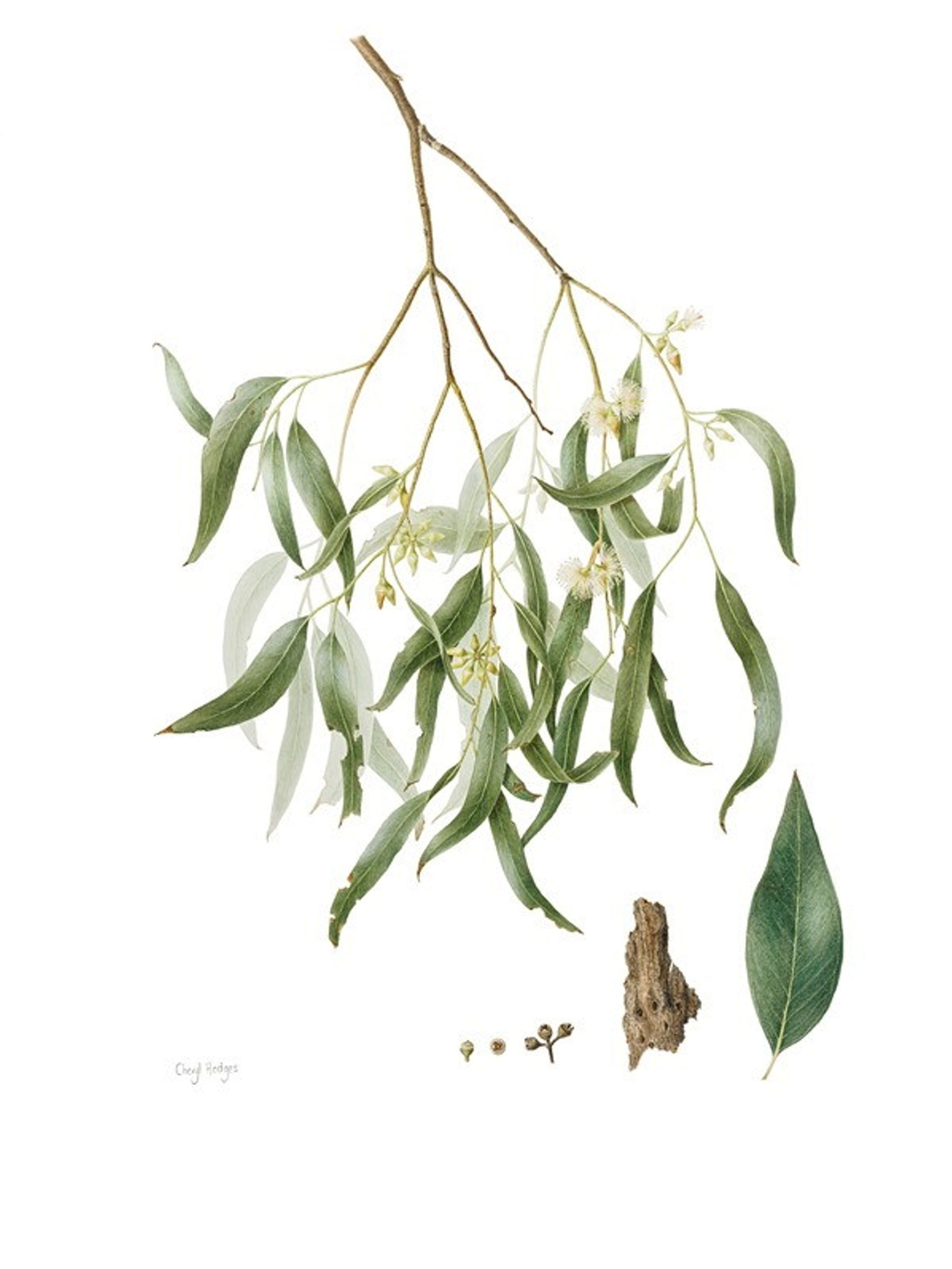
Florilegium plants
Forest red gum
The eucalypt bushland that fringed Colonial Secretary Alexander Macleay’s 54-acre (almost 22-hectare) grant at Elizabeth Bay appealed to the early 19th-century taste for the artfully rustic style known as the ‘picturesque’
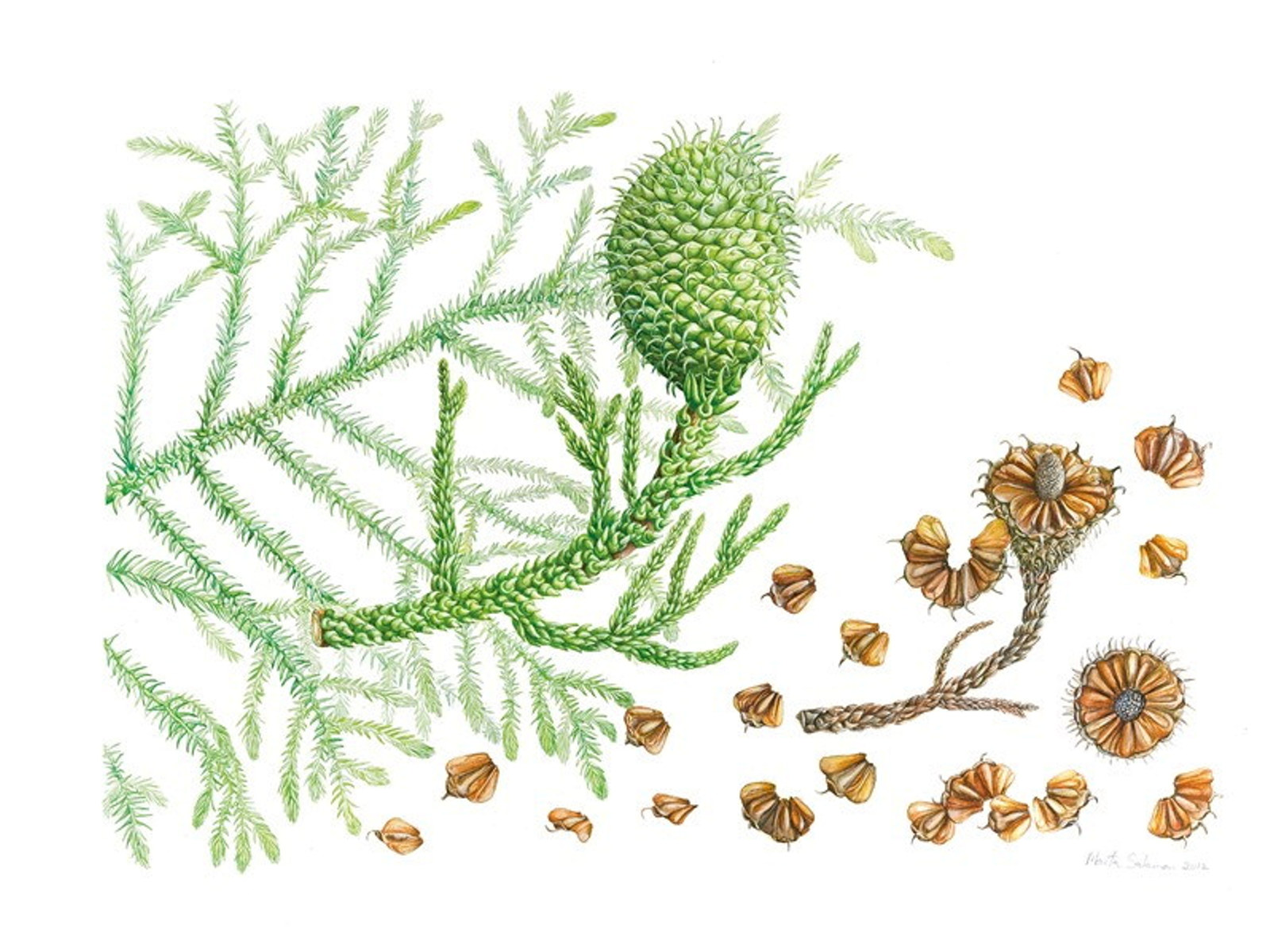
Florilegium plants
Hoop pine
Members of the Araucaria genus are some of the most important trees used in early colonial gardens
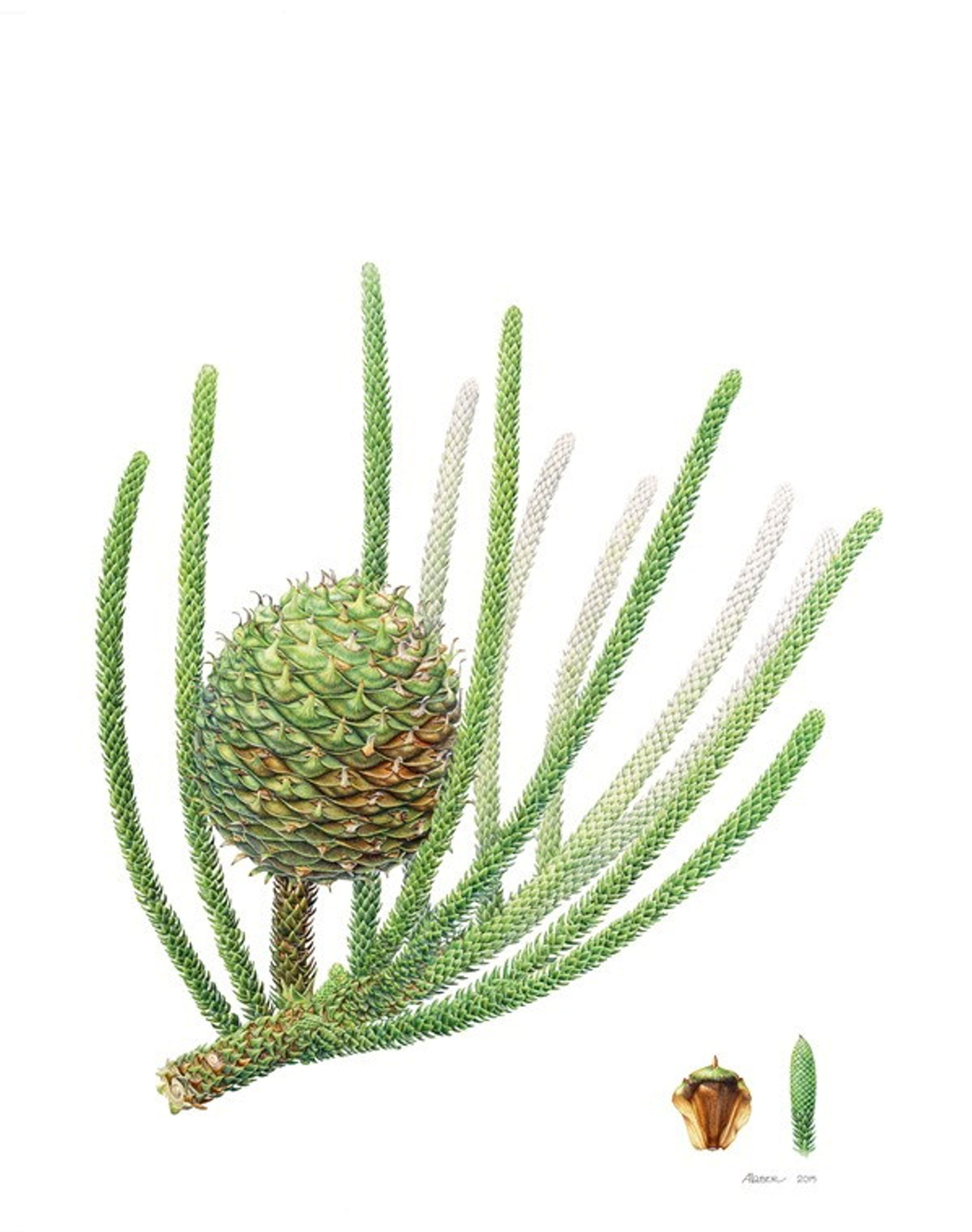
Florilegium plants
Norfolk Island pine
By the 1860s the informal parkland surrounding Vaucluse House was studded with several Norfolk Island pines
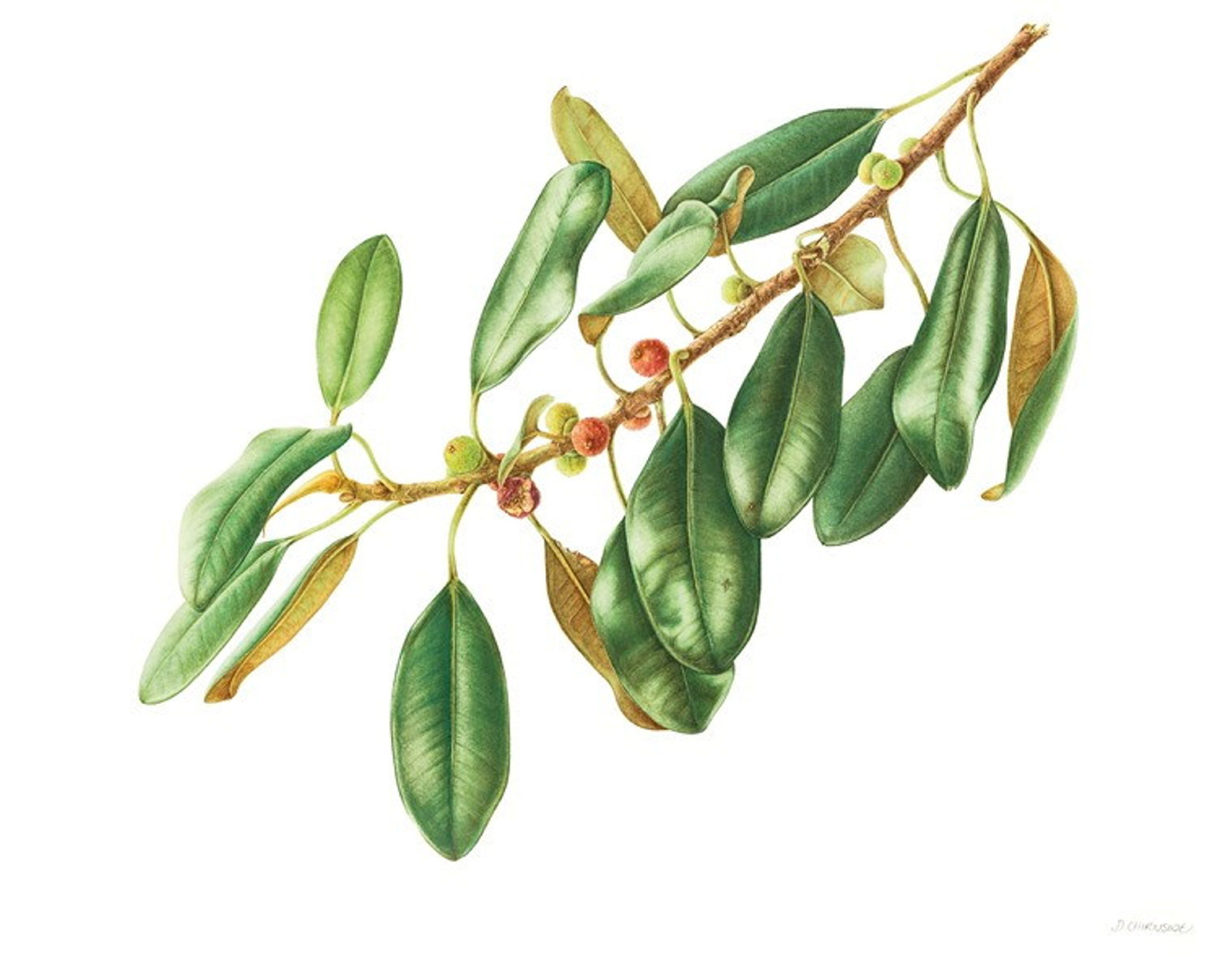
Florilegium plants
Port Jackson fig
A giant Port Jackson fig standing at the eastern corner of Vaucluse House is likely to date from the mid-1850s. Together with an older Moreton Bay fig, planted on the western side, it framed the pale sandstone Gothic Revival house with dark evergreen foliage
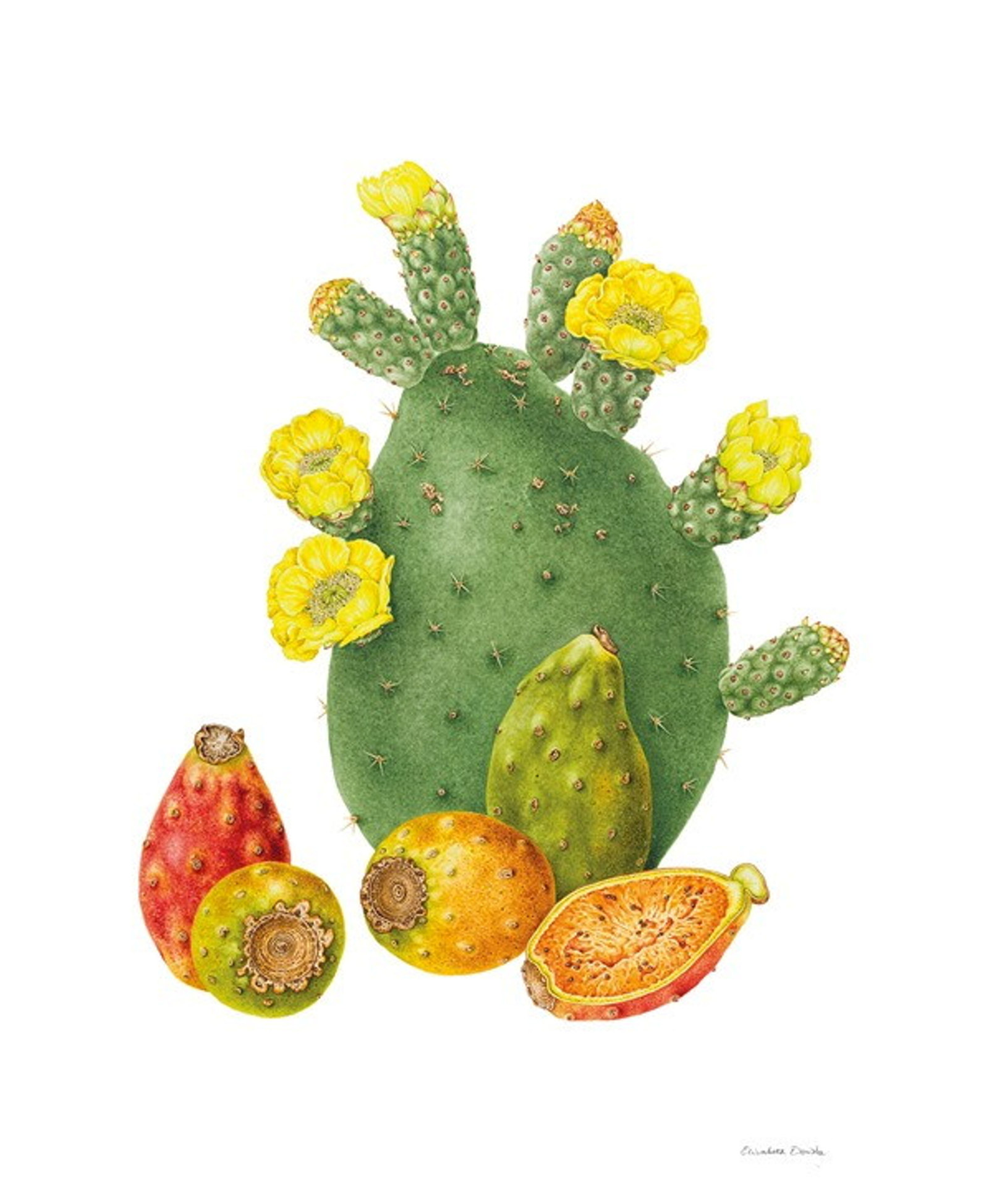
Florilegium plants
Prickly pear
The first Opuntia plants were introduced to NSW in 1788 in the hope of establishing a cochineal industry (prickly pears are host to the cochineal beetle, used in the manufacture of scarlet dye)
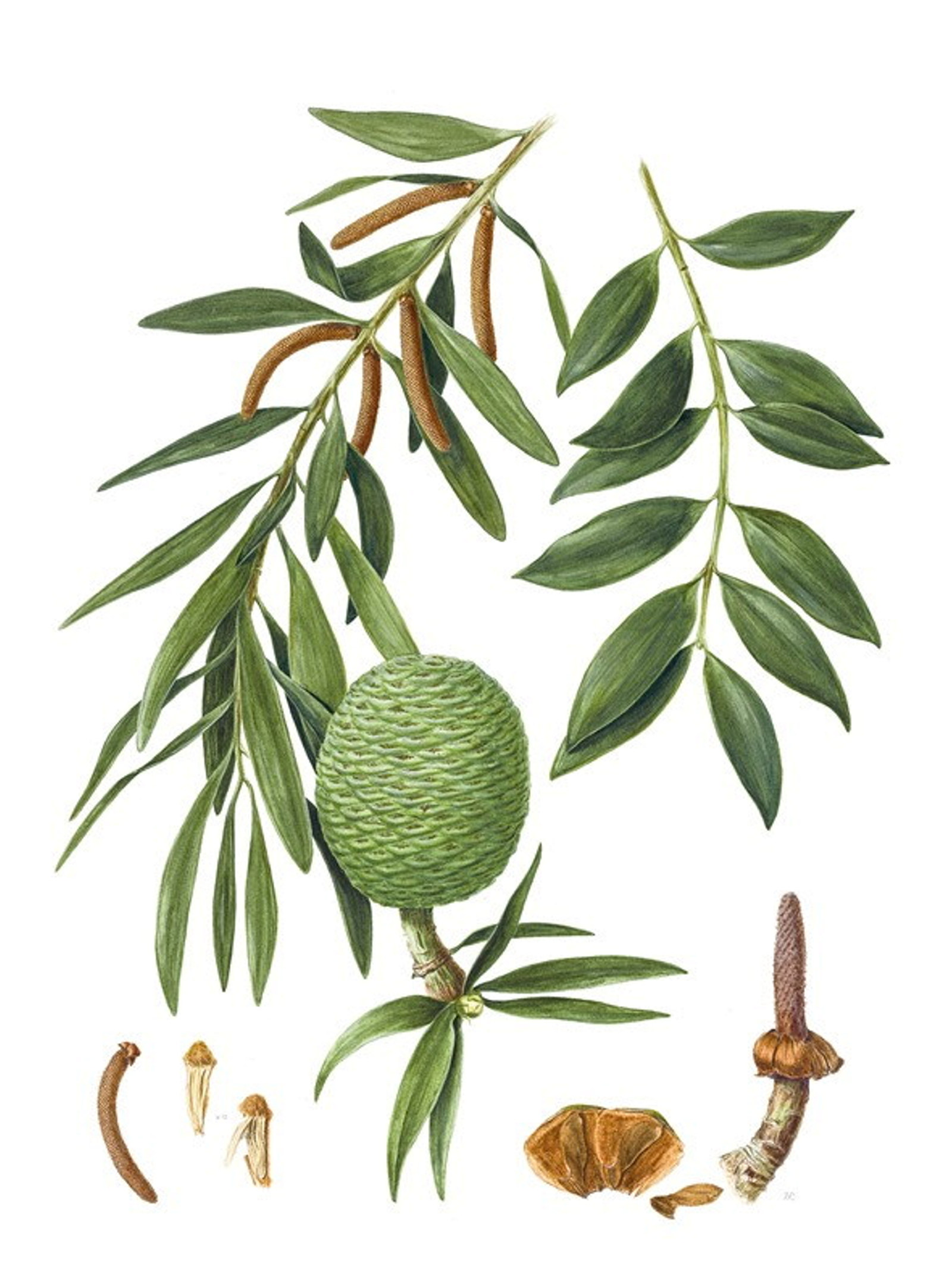
Florilegium plants
Queensland kauri pine
The kauri’s journey from the rainforests of Queensland to the garden at Elizabeth Bay illustrates the close links between gentlemen gardeners and the Botanic Garden
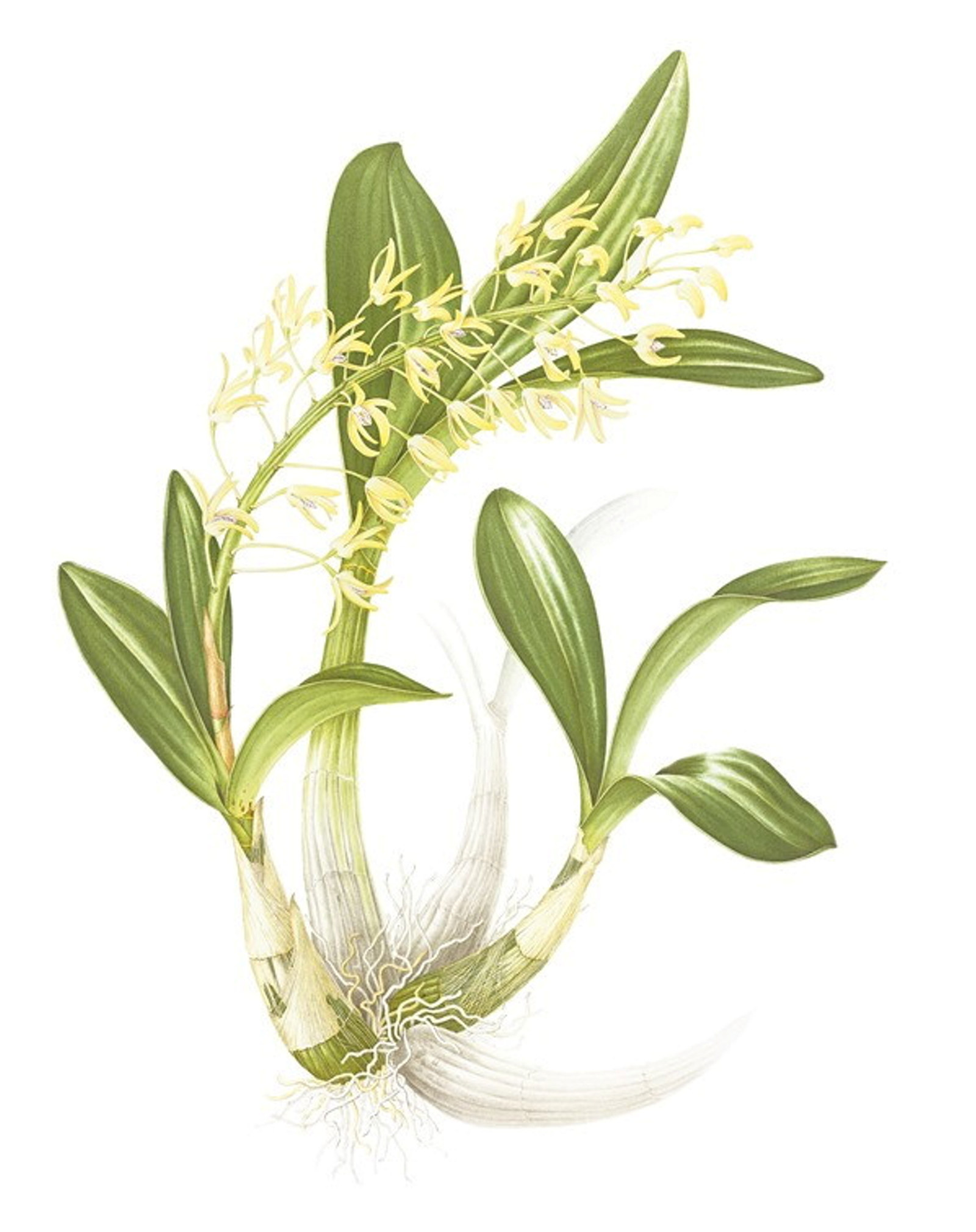
Florilegium plants
Rock lily
Colonial Secretary Alexander Macleay planted his famous garden at Elizabeth Bay with botanical rarities from around the world
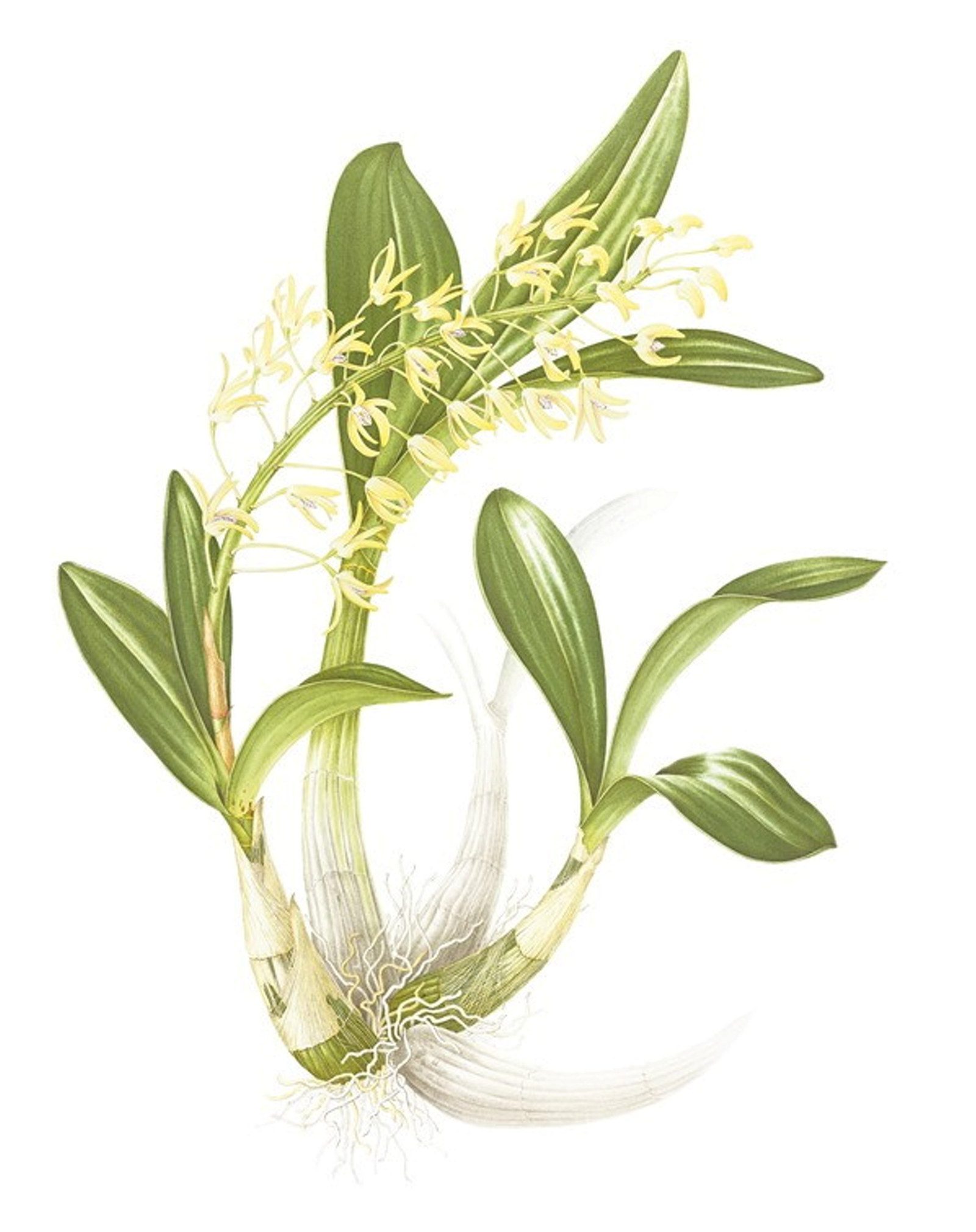
Florilegium plants
Southern magnolia
A pair of southern magnolias – one now fallen, one removed – in the pleasure garden at Vaucluse House were once reputed to be the largest and finest in the colony
Plant your history
Browse all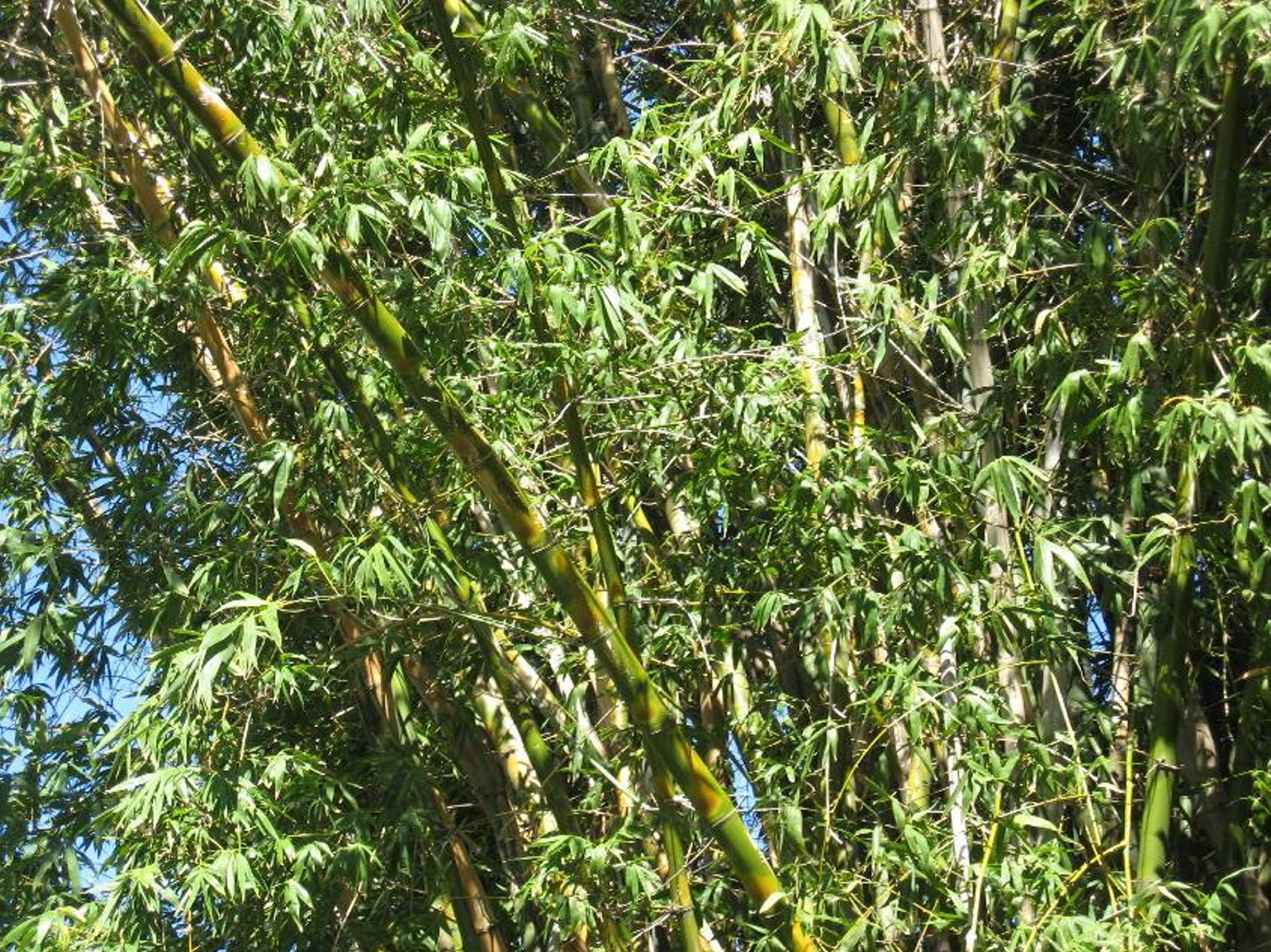
Plant your history
Beautiful bountiful bamboo
One of the most recognisable plants growing at Museums of History NSW today is bamboo. This colourful plant has a long history in colonial gardens
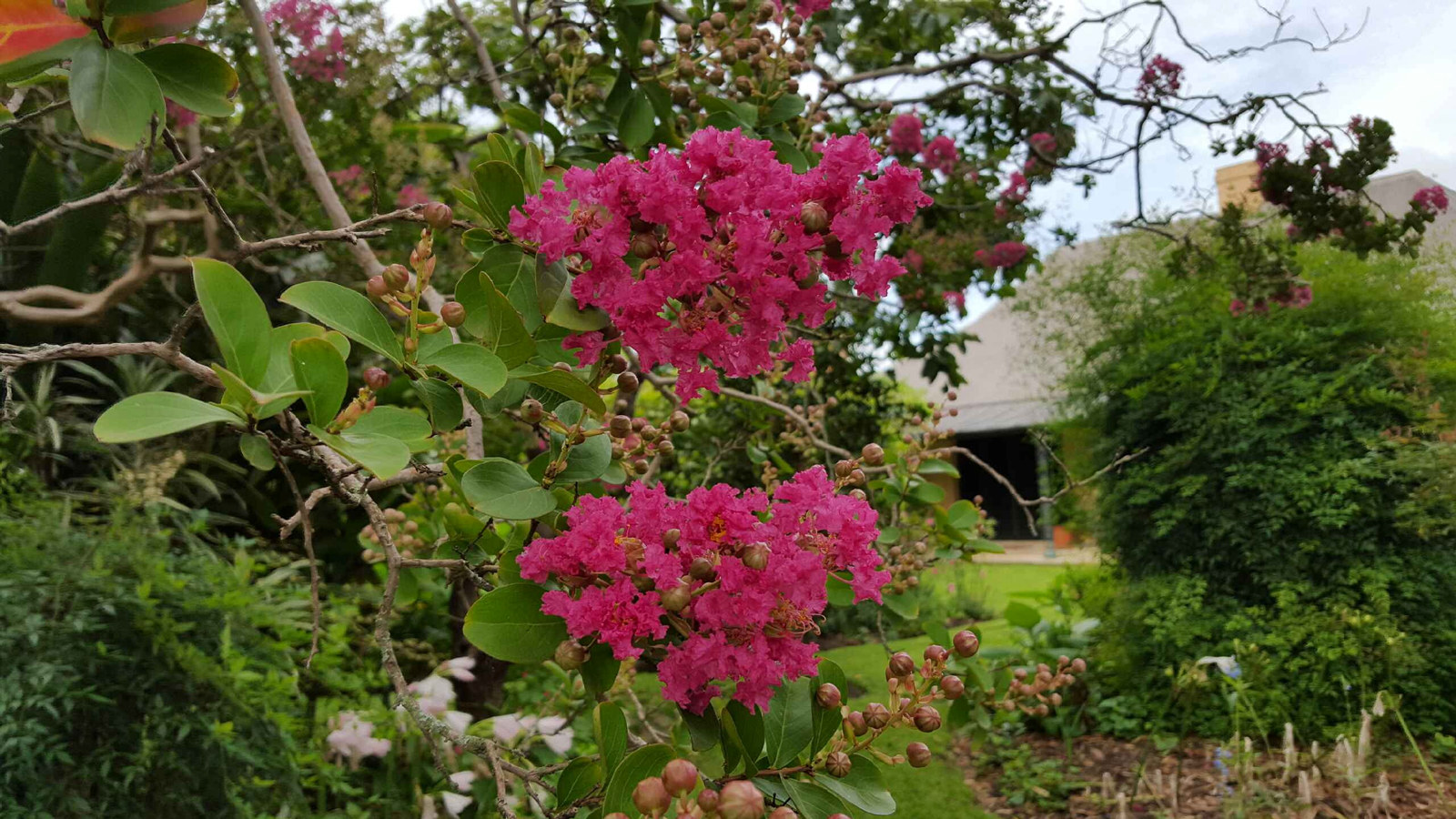
In the pink at Elizabeth Farm
Amid the late summer bounty in the garden at Elizabeth Farm, the crepe myrtle is the undoubted star of the show
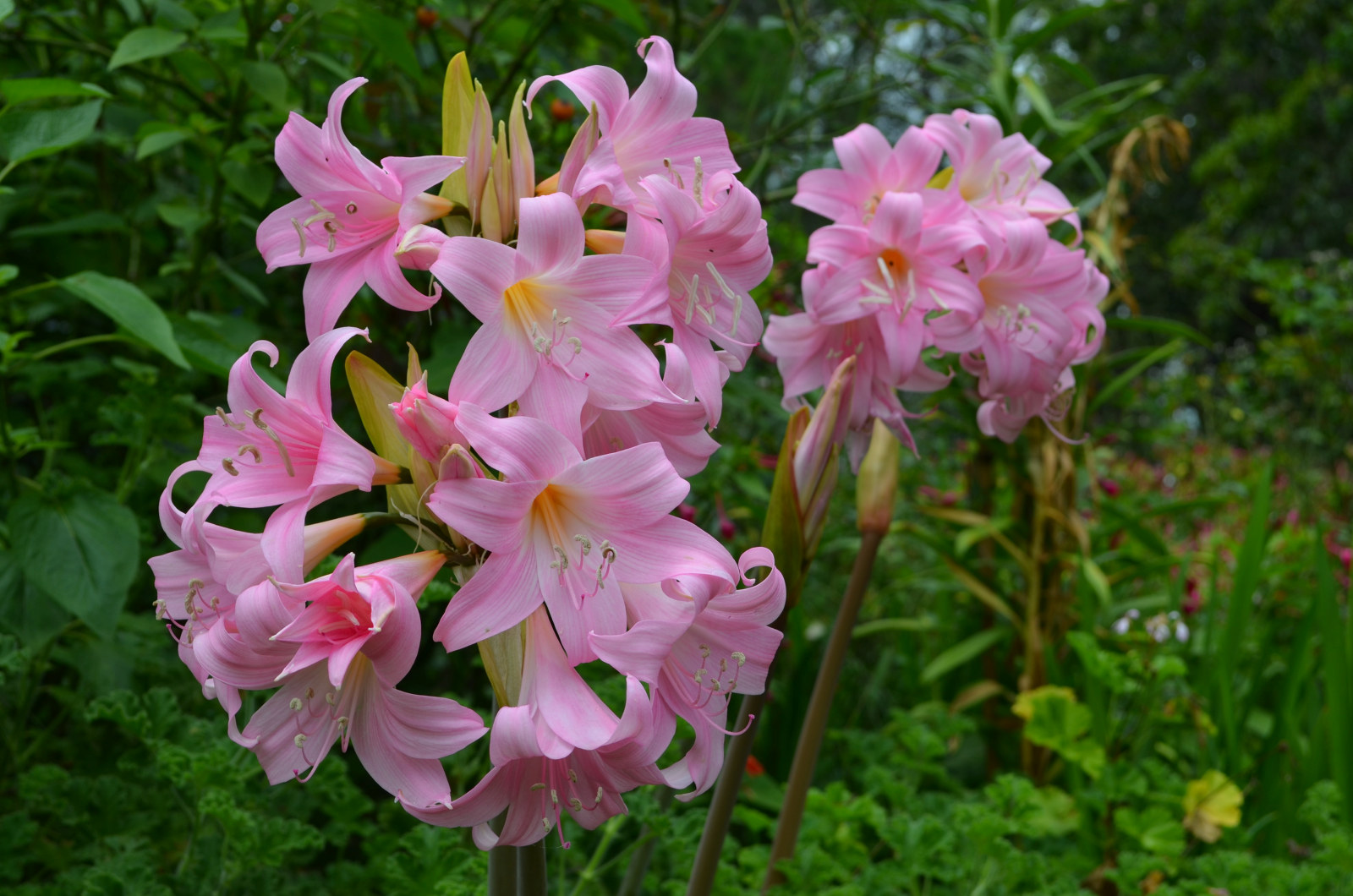
Plant your history
Sumptuous cape bulbs light up late summer gardens
Belladonna Lilies and Crinum Lilies are tough bulbs that never say die and can survive years of neglect
